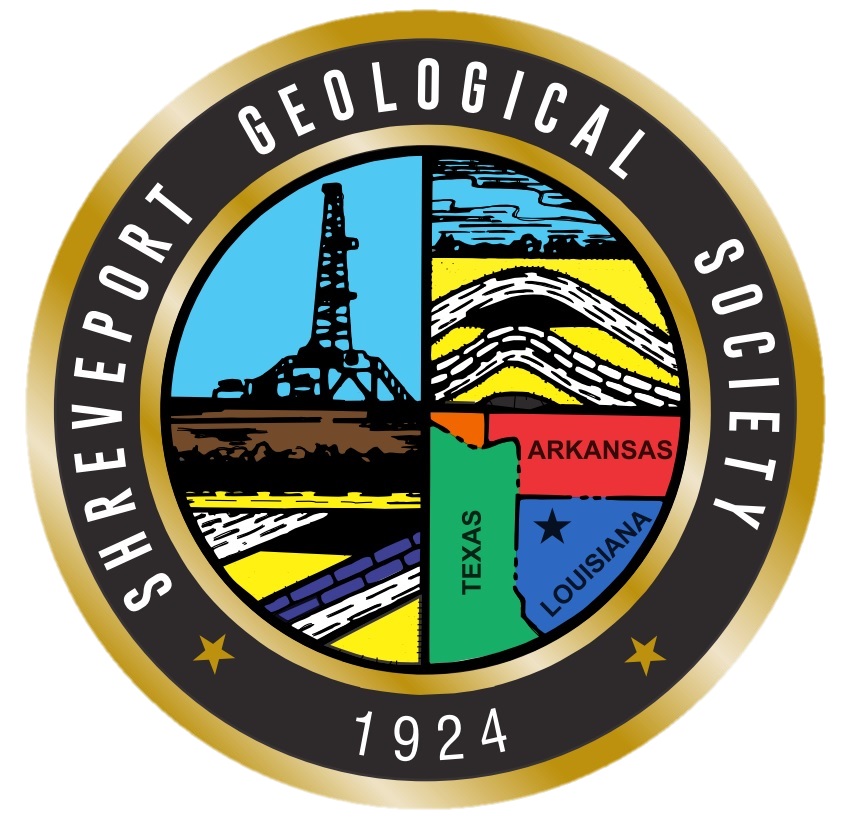The Petroleum Club of Shreveport, 15th floor
Cost: $20, Children 10 and under $8
We encourage members to invite guests, spouses, and friends to any of our meetings.
If you’d like a seat, kindly use the form below to make your reservation by the preceding Friday.
You may also RSVP by email or phone to Scott Comegys at scomegys@obrienenergyco.com or 318-841-2702.
Biography
Tom Goddard
Tom Goddard has over 25 years of engineering experience that includes managerial and technical experience focused in operations and environmental. A graduate from Purdue University in Chemical Engineering, his experience includes chemicals and plastics manufacturing, petroleum refining, and oil and gas upstream production. His primary focus areas include environmental management, air permitting, compliance and enforcement, process safety management, and plant operations. Tom has managed numerous permit applications and provided compliance support to a number of clients mainly in Texas. Tom is an Oil and Gas leader within Sage ATC and is based out of Houston, Texas.
Abstract
On May 12th, 2016, the U.S. Environmental Protection Agency (USEPA) finalized New Source Performance Standard (NSPS) Subpart OOOOa. This rule is the newest set of performance standards for the Crude Oil and Natural Gas Facilities for which Construction, Modification, or Reconstruction commenced after September 18th, 2015. The new rule greatly expands the current set of rules (NSPS OOOO) that have been in-effect for new facilities built after August, 2011. The standards in OOOOa apply to the following industry segments:
- Natural Gas Well Sites,
- Oil Well Sites, Production Gathering and Boosting Stations,
- Natural Gas Processing Plants, and
- Natural Gas Compressor Stations including Transmission stations and underground storage.
An example of one of the new requirements is owners/operators of new sites would have to conduct an optical gas imaging (OGI) survey within the first 30 days after completion or on the date the site begins production. These surveys would use an OGI camera that has the capability to see organic emissions from leaking components that would normally be invisible to the naked eye. This technology has been in-place for years but is now being called out by the first EPA regulation that affects the oil and gas sector. After the initial OGI survey, re-monitoring is required semiannually for well sites and quarterly for compressor stations. Implementation of the OGI surveys were delayed one year but must begin on June 3, 2017 for any sites built or modified after September 2015. Leaks found by the camera must be repaired within 30 days and re-monitored 30 days after repair. In addition the EPA requires the development of a “Fugitive Monitoring Plan” for each company defined area to include the specifics of the operator to find and repair leaking components.
There will be significant resources required to monitor thousands of facilities semiannually or quarterly. In Texas alone, according to the Railroad Commission of Texas, more than 30,000 drilling permits were issued in 2014. If companies are unwilling to spend nearly $100,000 for a camera then there will be more opportunities for service companies to offer camera surveys. In 2014, Colorado’s Air Quality Control Commission implemented a similar program to use OGI to conduct leak surveys at all natural gas compressor stations and well production facilities for leaks. It appears that the EPA has modeled the new requirements after the Colorado rule.
In addition to the significant expansion to the equipment leak requirements, the rule also expands to:
- Controlling emissions from natural gas operated pneumatic pumps by implementing standards similar to the pneumatic controller requirements already covered by the older rule.
- Expanding the use of a term called green completions to include controlling flowback emissions from hydraulically fractured oil wells.
- Adding the emission reduction requirements for compressors, pneumatic controllers, pneumatic pumps and equipment leaks to the Natural Gas Compressor Stations as part of the Transmission and Storage segments. These segments were not originally covered under the older rule.
To understand the rule requirements and how they may impact you, please come to the next Shreveport Geological Society meeting on November 15, 2016 on the 15th floor of the Petroleum Club of Shreveport in the Petroleum Tower at 416 Travis Street in Shreveport, LA.







































